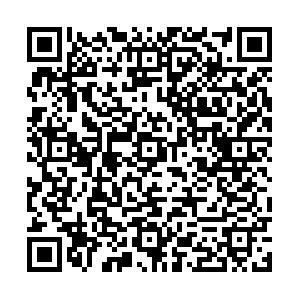Range precision in forestry with Reflectorless Total Station
-
摘要: 全站仪无棱镜测距便捷高效,多用于建筑测量领域,林区测量应用较少。利用索佳SET1X全站仪以不同树种和不同墙面为观测目标,通过试验研究不同树种、不同材质的墙面、不同距离以及不同入射角度对无棱镜测距精度的影响,探讨无棱镜测距在林区测量中应用的可行性。试验表明:不同因子对无棱镜测距精度的影响如下:①不同材质的墙面,影响不明显;②不同树种因树皮粗糙程度的差异对精度影响较大,测距20 m时误差最大值达到2.769 mm;③被测物体表面颜色有影响,颜色越深,影响越大,测距20 m时误差接近1.000 mm;④距离影响其反射信号的稳定性,测距误差与距离成正相关,测距100 m时误差可达到5.000 mm;⑤入射角度不宜过大,测距20 m,入射角20以上时误差接近2.000 mm;⑥测距树皮粗糙的树种时,增加随机瞄准点的观测次数,以提高测距精度。图2表6参17Abstract: The Reflectorless Total Station, a convenient and efficient instrument for distance measurement used more in construction surveying than in forestry, was employed to determine the influence of different factors, such as trees, walls, distance, and angle of incidence, on precision distance measurements in forestry and to determine its feasibility for use with forest surveys, a Reflectorless Total Station (SOKKIA SET1X Total Station) with trees and walls as survey targets was tested. Experimental results on precision of distance measurements showed that (1) the material quality of a wall had little effect, its error is about 0.5 mm; whereas, (2) different tree species has varying degrees of bark roughness, it had the most influence to precision distance. For example, maximum error reached 2.769 mm with a measuring distance of 20 m. (3) Surface color of the target object revealed that the darker the color the greater the influence with 1 mm of error for a 20 m distance. (4) The stability of reflected signals had an error proportional to the distance with close to 5 mm measurement error for 100 m. (5) When the angle of incidence was over 20, at 20 m the error was close to 2 mm. (6) for target trees with rough bark, randomly selected target points should be obtained to improve the precision of the distance measurement.[Ch, 2 fig. 6 tab. 17 ref.]
-

-
链接本文:
https://zlxb.zafu.edu.cn/article/doi/10.11833/j.issn.2095-0756.2015.03.007
 点击查看大图
点击查看大图
计量
- 文章访问数: 2520
- HTML全文浏览量: 343
- PDF下载量: 573
- 被引次数: 0






 下载:
下载:
